Review of the Day: Five Children on the Western Front by Kate Saunders
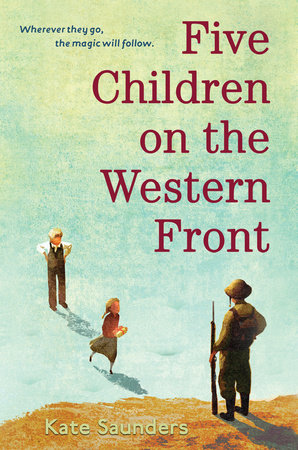 Five Children on the Western Front
Five Children on the Western Front
By Kate Saunders
Delacorte Press (an imprint of Random House)
$16.99
ISBN: 978-0-553-49793-9
Ages 9-12
On shelves now
Anytime someone writes a new prequel or sequel to an old children’s literary classic, the first question you have to ask is, “Was this necessary?” And nine times out of ten, the answer is a resounding no. No, we need no further adventures in the 100-Acre Woods. No, there’s very little reason to speculate on precisely what happened to Anne before she got to Green Gables. But once in a while an author gets it right. If they’re good they’ll offer food for thought, as when Jacqueline Kelly wrote, Return to the Willows (the sequel to The Wind in the Willows) and Geraldine McCaughrean wrote Peter Pan in Scarlet. And if they’re particularly talented, then they’ll do the series one better. They’ll go and make it smart and pertinent and real and wonderful. They may even improve upon the original. The idea that someone would write a sequel to Five Children and It (and to a lesser extent The Phoenix and the Carpet and The Story of the Amulet) is well-nigh short of ridiculous. I mean, you could do it, sure, but why? What’s the point? Well, as author Kate Saunders says of Nesbit’s classic, “Bookish nerd that I was, it didn’t take me long to work out that two of E. Nesbit’s fictional boys were of exactly the right ages to end up being killed in the trenches…” The trenches of WWI, that is. Suddenly we’ve an author who dares to meld the light-hearted fantasy of Nesbit’s classic with the sheer gut-wrenching horror of The War to End All Wars. The crazy thing is, she not only pulls it off but she creates a great novel in the process. One that deserves to be shelved alongside Nesbit’s original for all time.
Once upon a time, five children found a Psammead, or sand fairy, in their back garden. Nine years later, he came back. A lot has happened since this magical, and incredibly grumpy, friend was in the children’s lives. The world stands poised on the brink of WWI. The older children (Cyril, Anthea, Robert, and Jane) have all become teenagers, while the younger kids (Lamb and newcomer Polly) are the perfect age to better get to know the old creature’s heart. As turns out, he has none, or very little to speak of. Long ago, in ancient times, he was worshipped as a god. Now the chickens have come home to roost and he must repent for his past sins or find himself stuck in a world without his magic anymore. And the children? No magic will save them from what’s about to come.
ADVERTISEMENT
ADVERTISEMENT
A sequel to a book published more than a hundred years ago is a bit more of a challenge than writing one published, say, fifty. The language is archaic, the ideas outdated, and then there’s the whole racism problem. But even worse is the fact that often you’ll find character development in classic titles isn’t what it is today. On the one hand that can be freeing. The author is allowed to read into someone else’s characters and present them with the necessary complexity they weren’t originally allowed. But it can hem you in as well. These aren’t really your characters, after all. Clever then of Ms. Saunders to age the Lamb and give him a younger sister. The older children are all adolescents or young adults and, by sheer necessity, dull by dint of age. Even so, Saunders does a good job of fleshing them out enough that you begin to get a little sick in the stomach wondering who will live and who will die.
This naturally begs the question of whether or not you would have to read Five Children and It to enjoy this book. I think I did read it a long time ago but all I could really recall was that there were a bunch of kids, the Psammead granted wishes, the book helped inspire the work of Edgar Eager, and the youngest child was called “The Lamb”. Saunders tries to play the book both ways then. She puts in enough details from the previous books in the series to gratify the Nesbit fans of the world (few though they might be) while also catching the reader up on everything that came before in a bright, brisk manner. You do read the book feeling like not knowing Five Children and It is a big gaping gap in your knowledge, but that feeling passes as you get deeper and deeper into the book.
One particular element that Ms. Saunders struggles with the most is the character of the Psammead. To take any magical creature from a 1902 classic and to give him hopes and fears and motivations above and beyond that of a mere literary device is a bit of a risk. As I’ve mentioned, I’ve not read “Five Children and It” in a number of years so I can’t recall if the Psammead was always a deposed god from ancient times or if that was entirely a product from the brain of Ms. Saunders. Interestingly, the author makes a very strong attempt at equating the atrocities of the Psammead’s past (which are always told in retrospect and are never seen firsthand) with the atrocities being committed as part of the war. For example, at one point the Psammead is taken to the future to speak at length with the deposed Kaiser, and the two find they have a lot in common. It is probably the sole element of the book that didn’t quite work for me then. Some of the Psammead’s past acts are quite horrific, and he seems pretty adamantly disinclined to indulge in any serious self-examination. Therefore his conversion at the end of the book didn’t feel quite earned. It’s foolish to wish a 250 page children’s novel to be longer, but I believe just one additional chapter or two could have gone a long way towards making the sand fairy’s change of heart more realistic. Or, at the very least, comprehensible.
When Ms. Saunders figured out the Cyril and Robert were bound for the trenches, she had a heavy task set before her. On the one hand, she was obligated to write with very much the same light-hearted tone of the original series. On the other hand, the looming shadow of WWI couldn’t be downplayed. The solution was to experience the war in much the same way as the characters. They joke about how short their time in the battle will be, and then as the book goes along the darkness creeps into everyday life. One of the best moments, however, comes right at the beginning. The children, young in the previous book, take a trip from 1905 to 1930, visit with their friend the professor, and return back to their current year. Anthea then makes an off-handed comment that when she looked at the photos on the wall she saw plenty of ladies who looked like young versions of their mother but she couldn’t find the boys. It simply says after that, “Far away in 1930, in his empty room, the old professor was crying.”
So do kids need to have read Five Children and It to enjoy this book? I don’t think so, honestly. Saunders recaps the originals pretty well, and I can’t help but have high hopes for the fact that it may even encourage some kids to seek out the originals. I do meet kids from time to time that are on the lookout for historical fantasies, and this certainly fits the bill. Ditto kids with an interest in WWI and (though this will be less common as the years go by) kids who love Downton Abbey. It would be remarkably good for them. Confronting issues of class, disillusion, meaningless war, and empathy, the book transcends its source material and is all the better for it. A beautiful little risk that paid off swimmingly in the end. Make an effort to seek it out.
On shelves now.
Source: Final copy sent from publisher for review.
Like This? Then Try:
- Five Children and It by E. Nesbit
- Return to the Willows by Jacqueline Kelly
- Peter Pan in Scarlet by Geraldine McCaughrean
Other Blog Reviews: educating alice
Professional Reviews:
- A star from Publishers Weekly
- Kirkus
Filed under: Best Books, Best Books of 2016, Reviews, Reviews 2016
About Betsy Bird
Betsy Bird is currently the Collection Development Manager of the Evanston Public Library system and a former Materials Specialist for New York Public Library. She has served on Newbery, written for Horn Book, and has done other lovely little things that she'd love to tell you about but that she's sure you'd find more interesting to hear of in person. Her opinions are her own and do not reflect those of EPL, SLJ, or any of the other acronyms you might be able to name. Follow her on Twitter: @fuseeight.
ADVERTISEMENT
ADVERTISEMENT
SLJ Blog Network
Notes on November 2024
Teenage Mutant Ninja Turtles/Naruto #1 | Review
The Seven Bills That Will Safeguard the Future of School Librarianship
Book Mail: Romantic Horror, a Magic School, Fake Dating, a Novel in Verse, and More!
ADVERTISEMENT



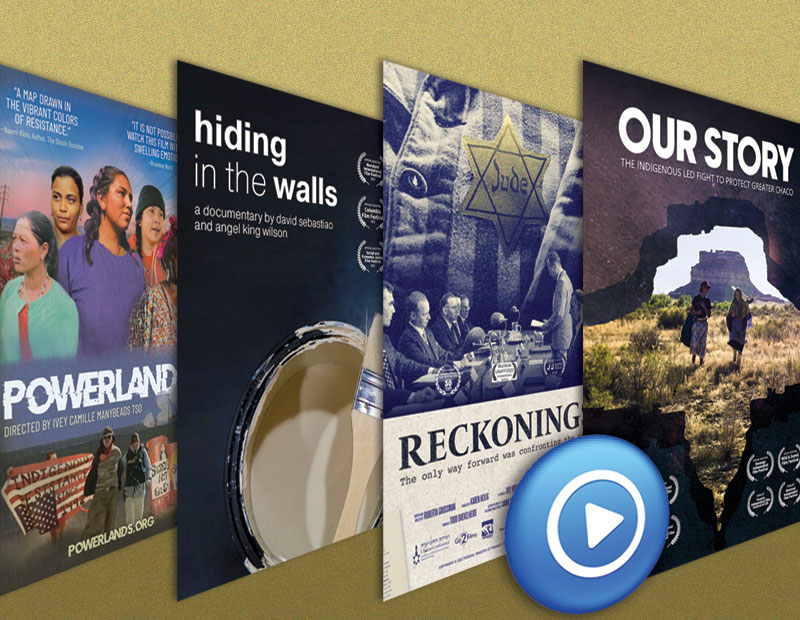

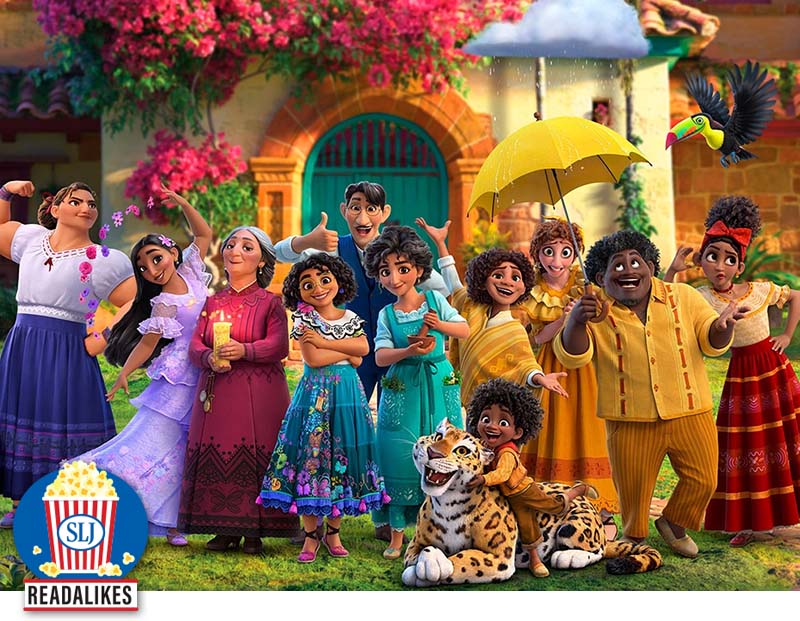
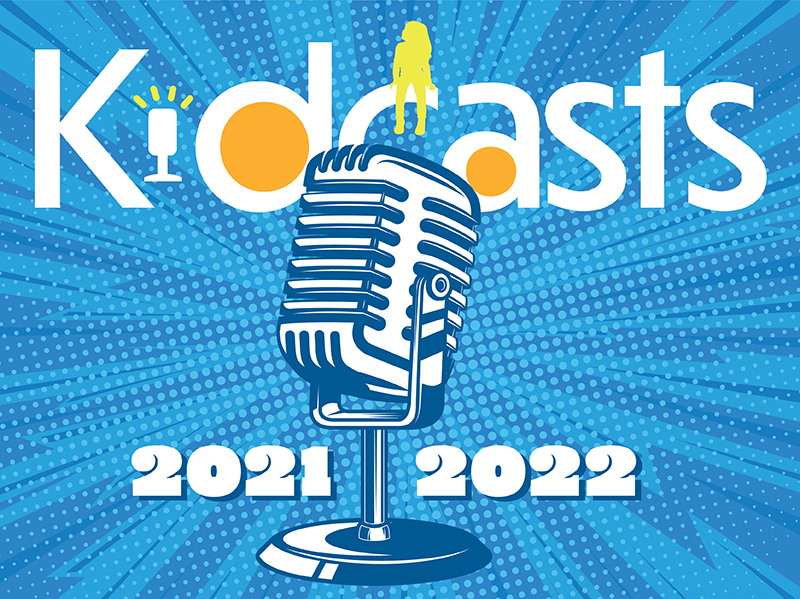
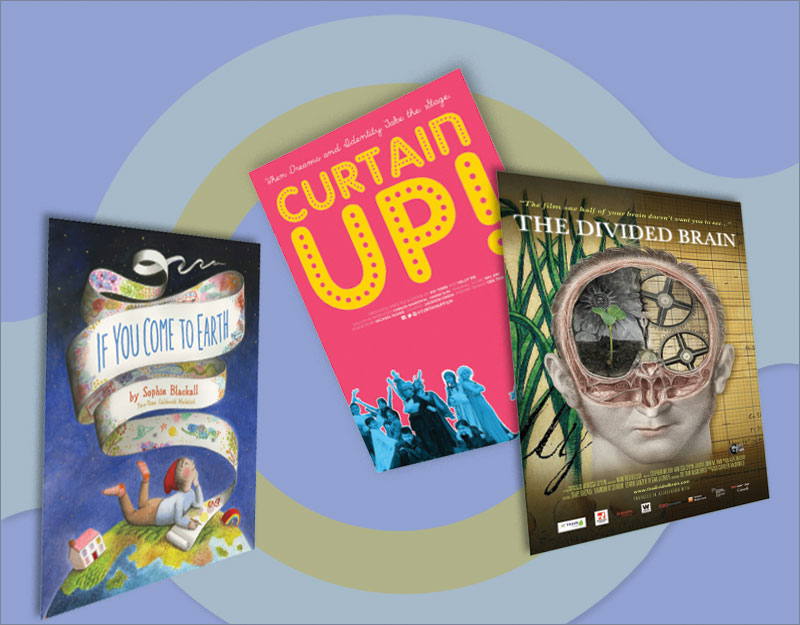
Read this aloud to my 4th graders last year with great success. I did so because one child had read Five Children and It and pestered me to read this one aloud so I did. But none of the others had nor did they have any desire to after I read this one. This year one of my fourth graders read it and loved it. She did take Five Children and It to read afterwards, but seems to have lost steam with it. So I think this works just fine without familiarity with the earlier books. I suggest giving it to those who like The War That Saved My Life.
Just read this (I’d loved the earlier books as a child). I thought the author did a terrific job, balancing the lightness and fantasy of the story with the waste and bleakness of war–handling it in a deft way for the age group. Definitely worth reading.